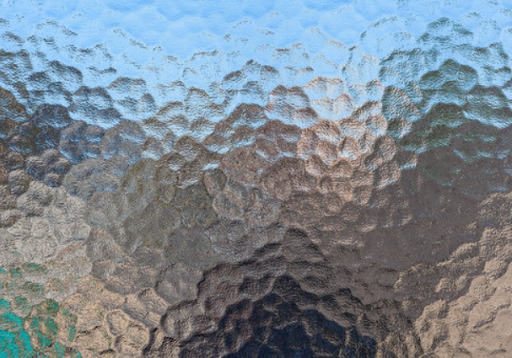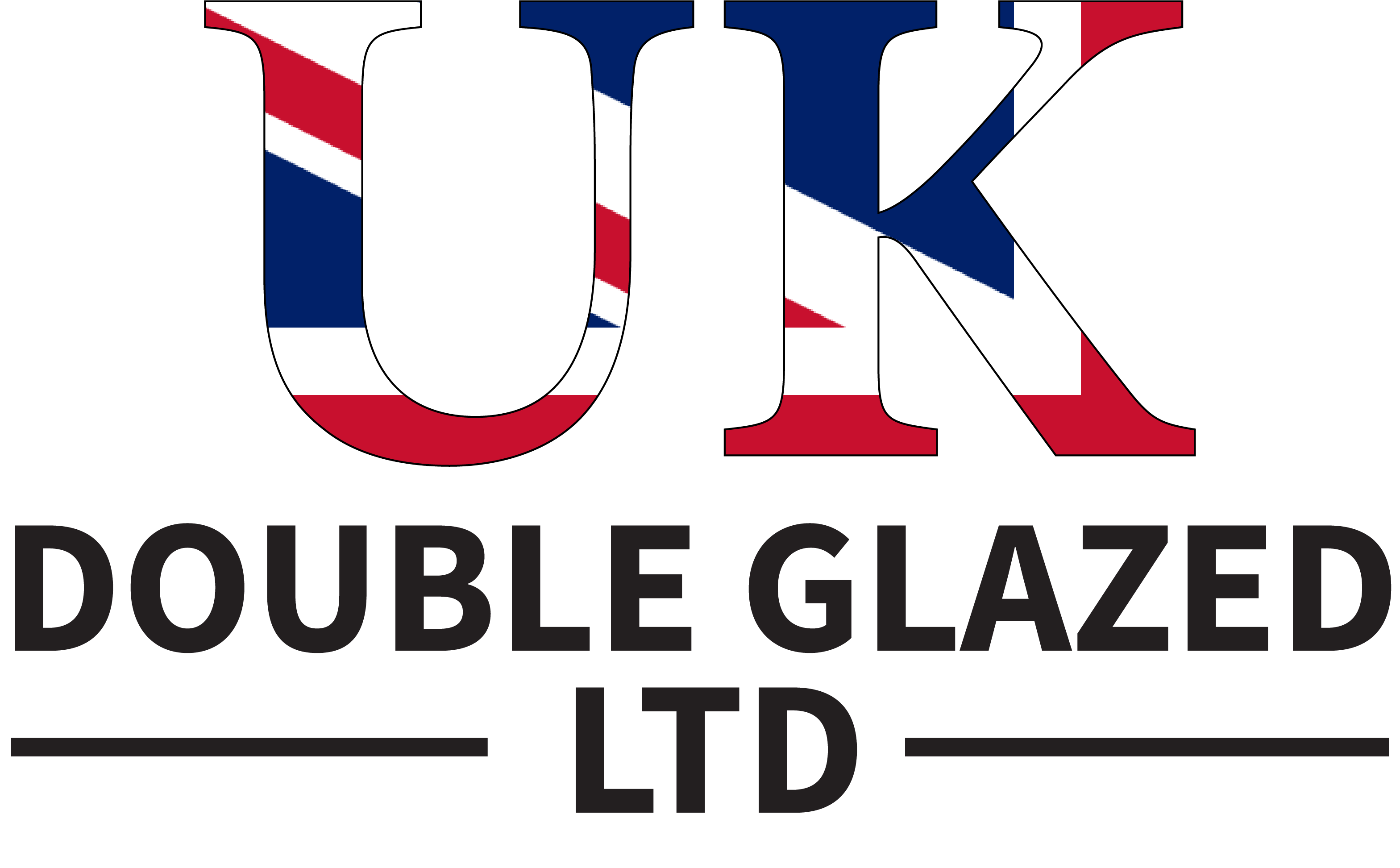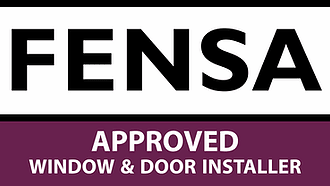Windows U Value
With the increasing rates of pollution and environmental changes, it has become difficult to get hold of escalating costs and expenses in order to maintain suitable temperatures for homes and offices. Around this issue, the only possible light for the solution seems to be to move towards building energy-efficient homes and consider U-value windows.
But how?
Well, incorporating eco-friendly windows and doors is the first step. In order to understand how much eco-friendly your window and door is, you need to understand their U-value.
U-values are the compass that guides homeowners, builders, and environmental enthusiasts towards sustainability and comfort in the world of energy-efficient windows. These cryptic values are crucial in calculating a window’s energy efficiency and its influence on both the environment and your energy bills.
First let’s start with understanding what Are U-values in Windows and why do they matter?
What Are U-Values in Windows and Why Do They Matter
U-Value Windows
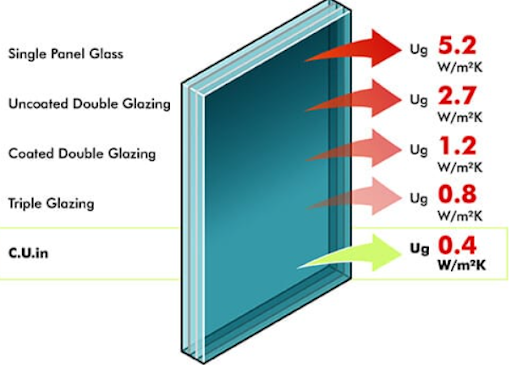
Why does U-Value matter?
So, Why are U-values Important in Determining Window Energy Efficiency?
1. Energy Conservation: U-values evaluate a window’s potential to limit heat transmission in a society where energy conservation is a priority. A low U-value window keeps your house warmer in the winter and cooler in the summer by minimizing heat loss or gain.
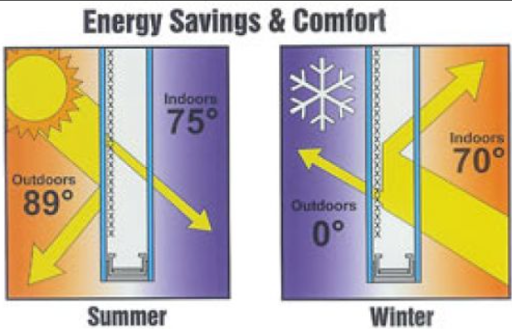
2. Ease of use and Savings: Efficient windows help to a more pleasant home environment by keeping temperatures stable. Get rid of chilly draughts and the need for unnecessary heating or cooling. These savings are reflected in your utility costs over time, making energy-efficient windows a good investment.
3. Environmental Impact: U-values have a substantial environmental impact in addition to personal comfort and financial savings. Low U-value energy-efficient windows minimize carbon emissions by reducing the need for heating and cooling.
4. Standards Compliance: Building codes in several countries, notably the United Kingdom, specify maximum U-values for windows. Following these guidelines guarantees that your house or building is energy efficient.
How to Compare U-values for Your Windows?
1. Understand U-Values
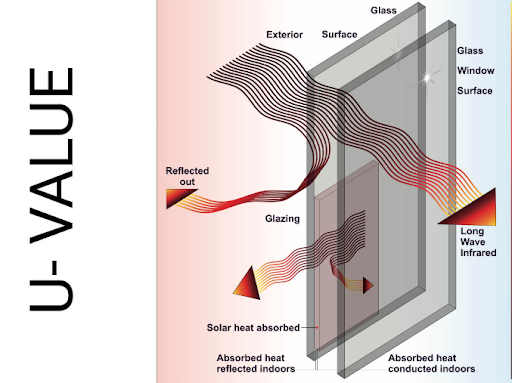
2. Know the Regulations
3. Consider Window Type
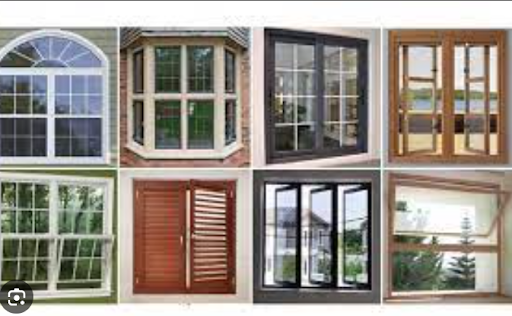
4. Compare Window Materials
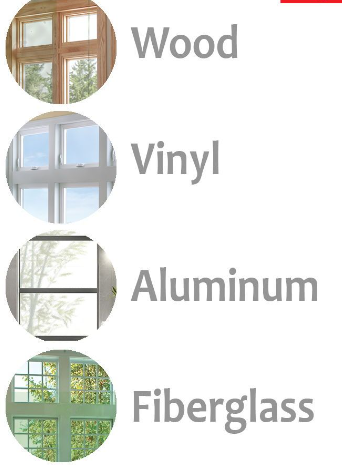
5. Look for U-Value Labels
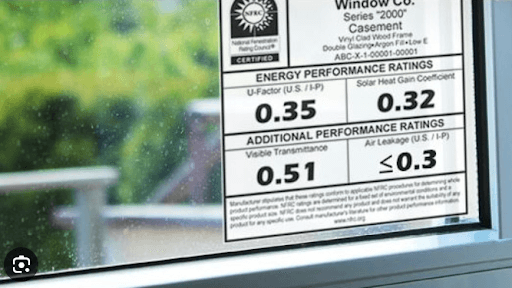
Energy Efficient Windows
What Do You Mean by Eco-friendly Window Glasses?

Benefits of Using Eco friendly glassWindows in the UK
1. Reduced Energy Bills: Energy-saving windows, such as double-glazed or triple-glazed options, significantly reduce heat loss, helping homeowners save on heating and cooling bills.
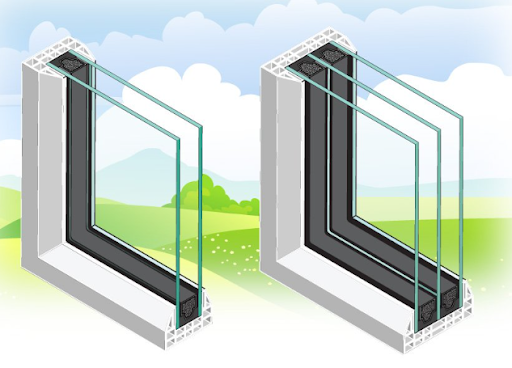
2. Enhanced Comfort: Installing an energy saving window will eventually help in maintaing a more consistent indoor temperature, creating a comfortable living environment throughout the year.
3. Lower Carbon Footprint: By conserving energy and reducing the need for heating, energy-saving windows help decrease carbon emissions, contributing to a greener UK.
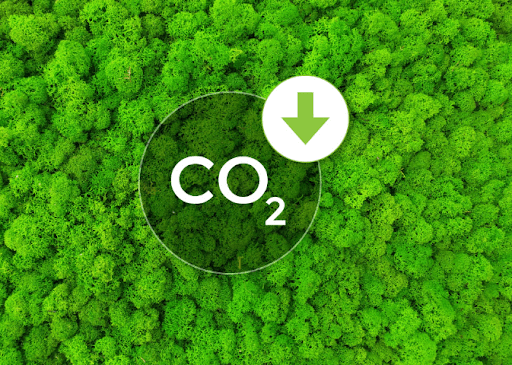
4. Noise Reduction: Energy-efficient windows also act as excellent sound barriers, reducing the intrusion of noise from outside, creating a quieter and more peaceful indoor atmosphere.
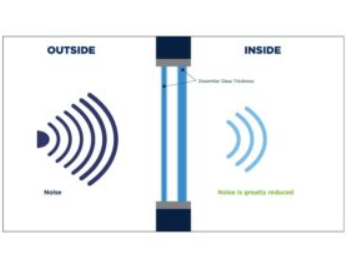
5. Increased Property Value: Upgrading to energy-saving windows can enhance the resale value of your property, appealing to eco-conscious buyers in the UK.
6. Improved Security: Many energy-saving windows come with advanced locking mechanisms, enhancing the security of your home.
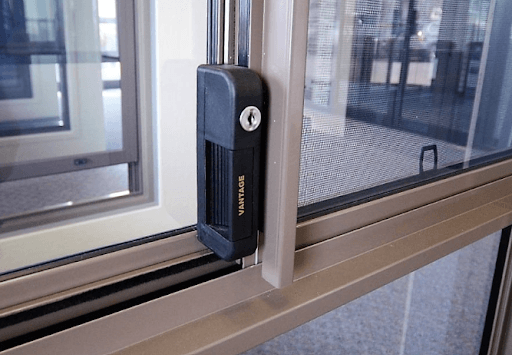
7. Reduced Condensation: These windows minimize condensation on the glass, helping to maintain a healthier indoor environment and prevent issues like mould growth.
8. UV Protection: Energy-efficient glazing can block harmful UV rays, safeguarding your furniture, flooring, and artwork from fading.
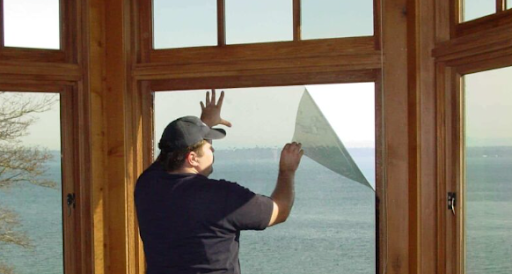
9. Government Incentives: In the UK, there are often grants and incentives for installing energy-saving windows, making the switch more affordable. Earlier in 2022, The government of UK had launched similar program for providing grants on installation of energy-efficient windows and doors.
10. Compliance with Building Regulations: Energy-saving windows often meet or exceed UK building regulations, ensuring your home is up to code and energy-efficient.
These benefits collectively make energy-saving windows an excellent investment for homeowners in the UK, improving comfort, sustainability, and overall quality of life.
Now that we know what Eco-friendly windows are and what are it’s benefits, let’s see what are the Types of energy-efficient windows:
Types Of Energy Efficient Windows
01. Double-Paned Windows
Double-paned windows, featuring two layers of glass with a gap in between filled with insulating gas, are a sustainable choice.
Their design provides superior insulation by reducing heat transfer, which results in lower energy consumption and reduced carbon emissions.
The improved energy efficiency of double-paned windows makes them an eco-friendly option for UK homeowners who wish to minimize their environmental impact and reduce their energy bills.
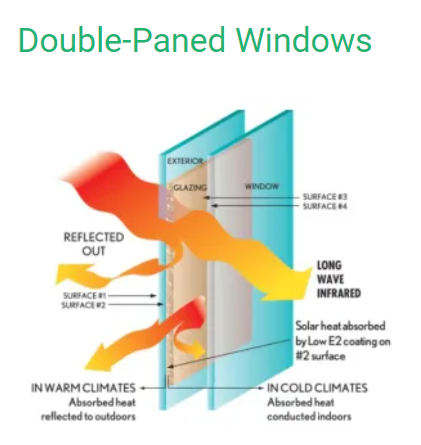
02. Wood Windows
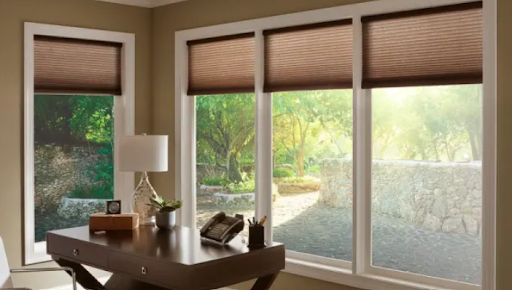
03. Low-E Coated Glass Windows
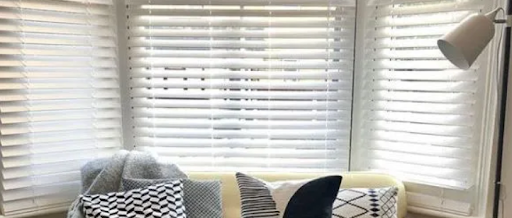
04. Cement Windows

05. Vinyl Windows
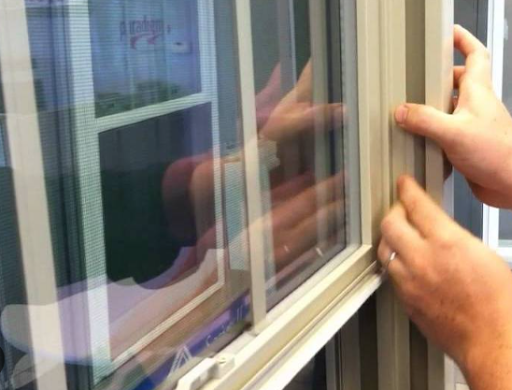
06. Fiberglass Windows
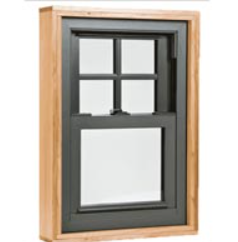
07. Obscure Glass Windows
